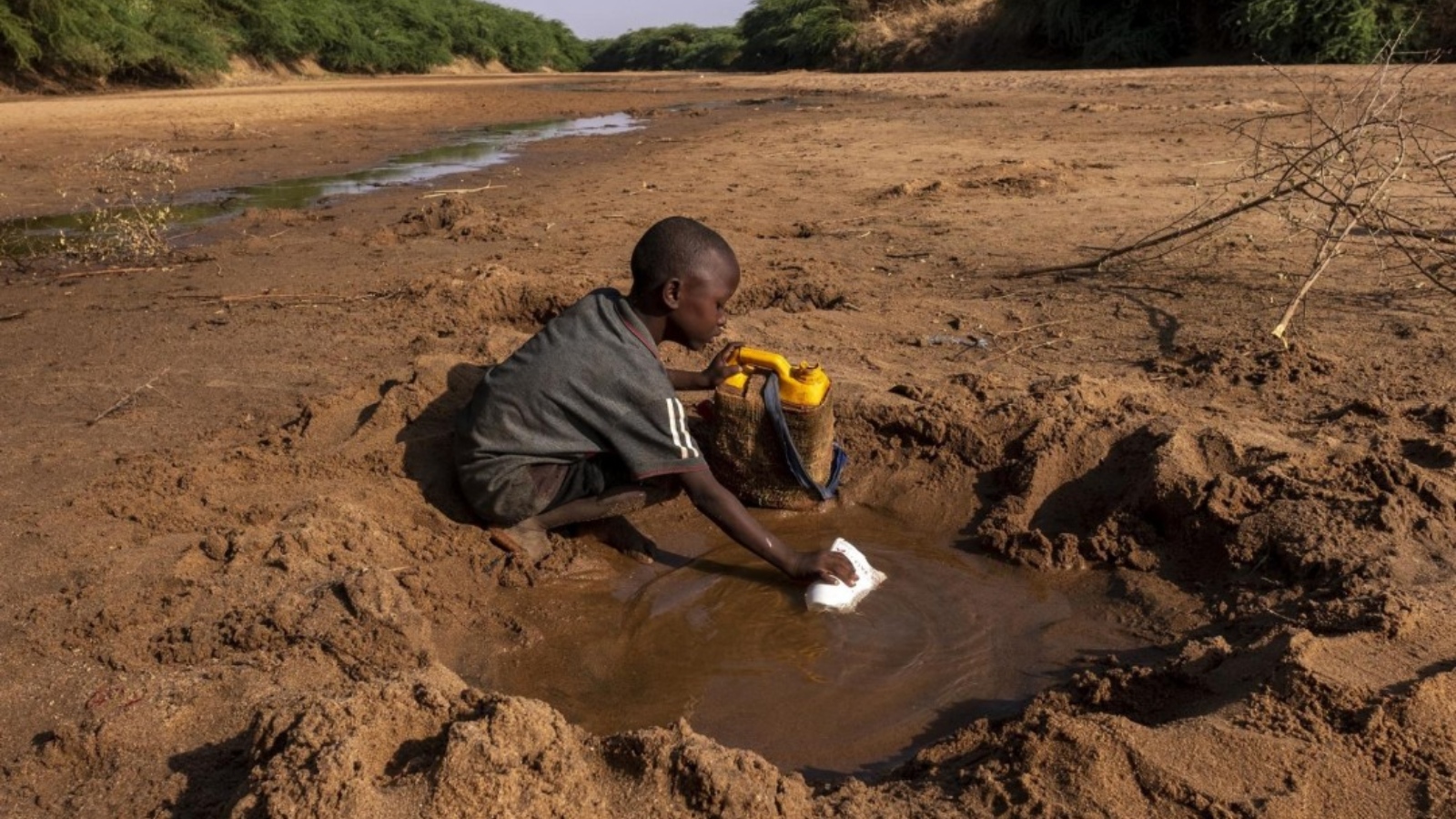
Climate change is emerging as a central driver of poverty and inequality across the Asia-Pacific region and impacts are projected to become more severe over time. Even if we manage to limit long-term global warming to 1.5 degrees Celsius, up to 85 per cent of the region’s population is expected to be exposed to multiple climate hazards, including frequent and intensified storms, floods, heatwaves, and long-term threats like sea-level rise.
Climate change reinforces poverty and inequality
Climate change disproportionately affects the region’s most vulnerable populations, who often lack the capacity and resources to cope with shocks. Marginalized groups such as women, children, older persons and people with disabilities face heightened risks, perpetuating inequality over time.
Robust social protection systems will be pivotal in ensuring inclusive, sustainable and equitable development for all. However, in many countries in Asia and the Pacific, fewer than 50 per cent of the population are covered by any form of social protection. Countries such as Afghanistan, Bangladesh and Myanmar are among the most exposed to climate risks but have some of the lowest social protection coverage, making them particularly susceptible to deepening poverty and inequality (see figure below).
Social protection supporting climate adaptation and mitigation and building resilience
As the impacts of climate change become more pronounced, social protection will play an essential role in fostering resilience and reducing vulnerability. Social protection systems are also uniquely positioned to support climate adaptation and mitigation efforts.
The transition to a low-carbon economy can bring economic disruptions and without proper social protection, workers may find themselves unable to adapt to the changing job market. Sectors like agriculture, construction and energy are expected to experience significant transitions, but new opportunities in sustainable industries can provide a path forward—if social protection systems support workers through these changes and transitions, for instance through unemployment benefits, reskilling programs, and job transition support.
Public employment programs, coupled with social protection, are instrumental to support people adapt to unavoidable risks or events and set incentives to build infrastructure (e.g. restoring natural habitat, reforestation, building sea walls, etc.) that promotes resilience against climate change events and adaptation to these.
Furthermore, rising temperatures and extreme weather events increase the incidence of heat-related illnesses, air pollution-related diseases, and vector-borne diseases. Universal access to healthcare and climate-informed health benefits can ensure that the most vulnerable populations are protected against these health risks.
In order to strengthen people’s resilience, countries in the region must build comprehensive and inclusive social protection systems that respond to the life cycle needs of their populations, which will be heightened due to climate change. These systems should provide support for employment transitions, health care, income security, and food security, while also addressing displacement caused by both climate change events and policies.
Leveraging financing mechanisms and building synergies with related measures
To meet the growing demands for social protection in the face of climate change, countries must explore synergies with policies and measures supporting climate action, disaster risk reduction and humanitarian efforts. Some of the instruments funding climate action include the newly created Loss and Damage Fund, multilateral climate funds, humanitarian assistance and disaster risk reduction frameworks, green bonds and other financing instruments.
The Loss and Damage Fund’s main purpose will be to respond to economic and non-economic loss and damage associated with the adverse effects of climate change. Likewise, multilateral climate fund, such as the Green Climate Fund or Adaptation Fund increasingly acknowledge the social dimension of climate change policies and the role of social protection.
Humanitarian assistance is crucial in addressing climate-related shocks and crises and offers significant potential for synergy with social protection systems. Integration of humanitarian assistance and social protection can transform short-term humanitarian aid into long-term development processes. Green, social and sustainability bonds offer financing framework for both social as well as climate related goals, including mitigation and adaptation, and great potential to align climate and social agendas.
Building resilience for an uncertain future
As Asia and the Pacific continue to navigate the evolving challenges posed by climate change, the role of social protection systems cannot be overstated. Strengthening these systems will be critical to ensuring that vulnerable populations are not left behind in the face of increasing uncertainty.
Countries must take a proactive approach to reforming and expanding their social protection systems to support climate adaptation, foster economic stability, and ensure a just transition to a sustainable and inclusive future.
As the price of inaction is too high, both in human and economic terms, ESCAP’s latest flagship publication, Social Outlook for Asia and the Pacific 2024 , offers a forward-looking roadmap, including a “how-to” guide for crafting future-proof social protection systems that ensure inclusive and resilient societies, rooted in solidarity.
Source: ESCAP
 Welcome to the United Nations
Welcome to the United Nations